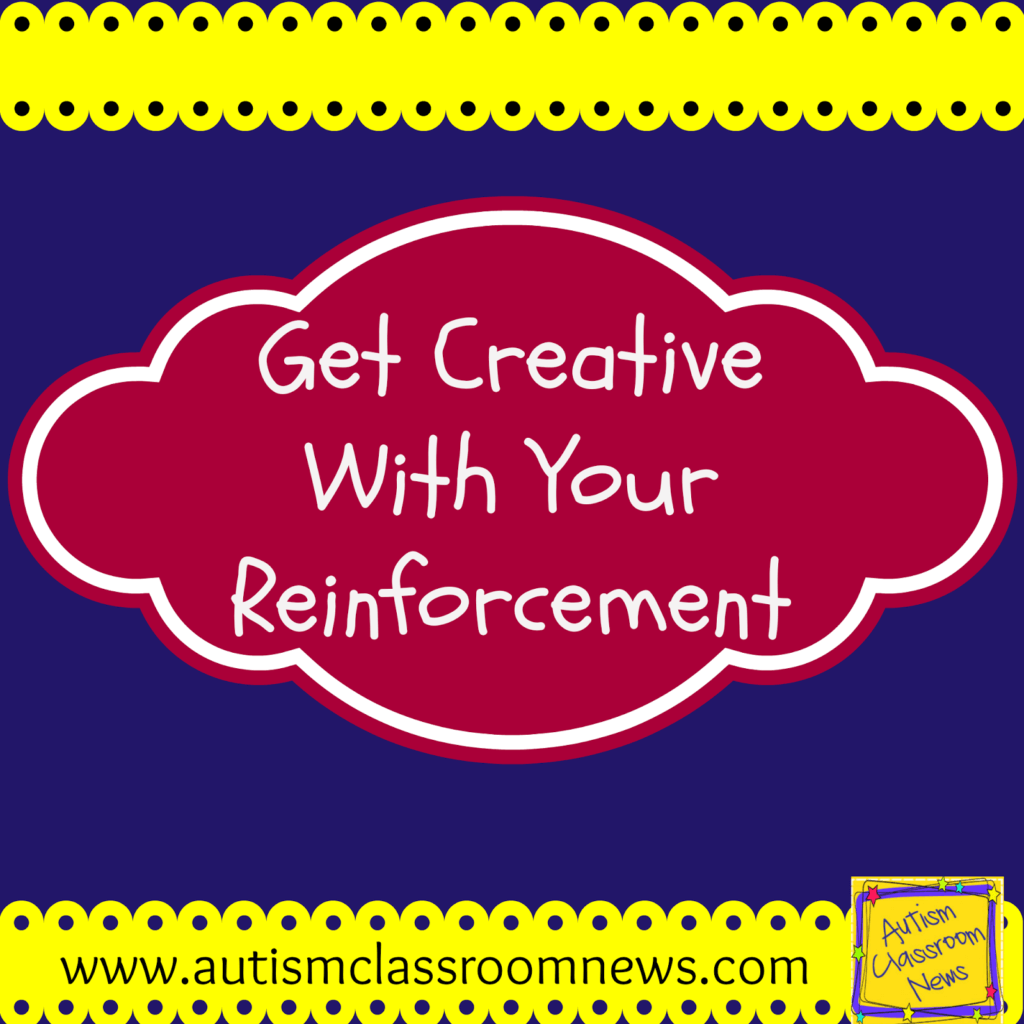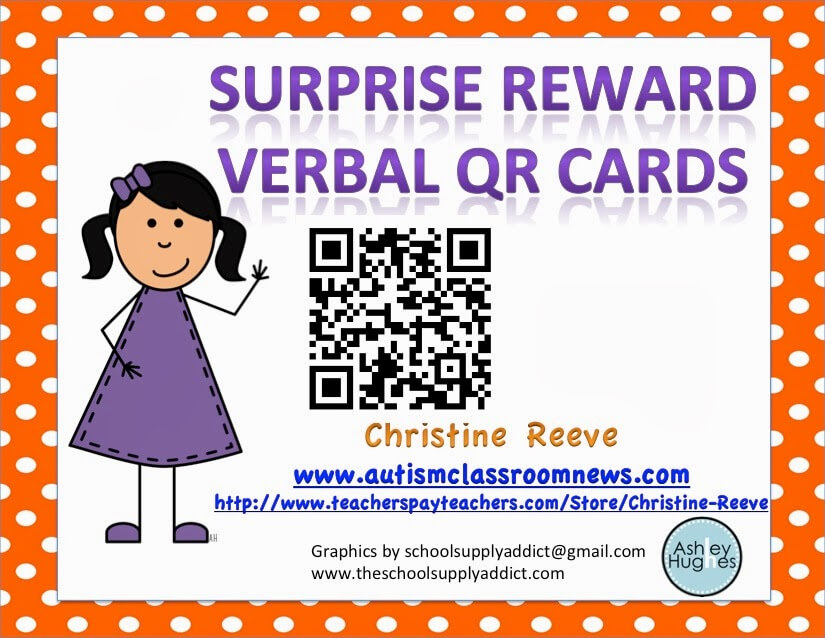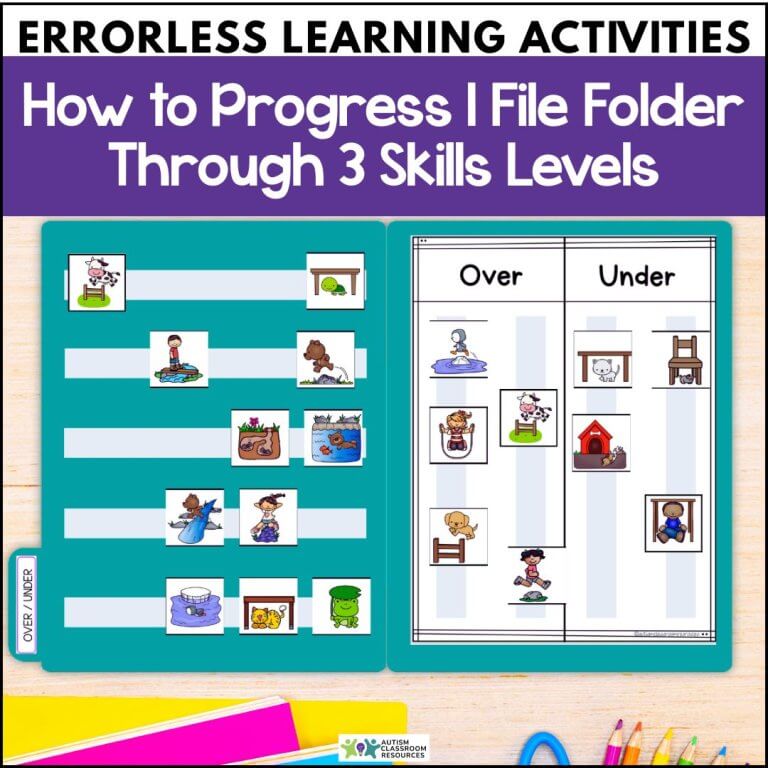OK, it’s that time of year again. We are coming off a long (and for some extended) break from winter and now we have until mid-semester, in most districts, before our next break of spring break. And you may have reached a point where students’ motivation is starting to wane. It might be that they are getting tired of the things we have been using as reinforcers. I know that is the case for some of the students I work with and we are starting to have to get creative and mix it up a bit to get them moving forward again. We have to get creative and think outside the box! So I thought I would share some strategies I’ve used and some of the more interesting ideas some of our teams have brainstormed about recently.
First, don’t limit what you think might be a reinforcer.
Understand that a reinforcer is anything (activity or item) that increases the frequency of the behavior (skill) that it follows in the future. So, as I always say–just because you like it doesn’t mean it’s a reinforcer. Many of the students I work with have some unusual things that actually serve as reinforcers–some of which are not things we want to be reinforcers. I worked with a student whose behavior and correct responding were primarily reinforced by being allowed to play with tape. He was a preschooler and playing with tape wasn’t really his most age-appropriate activity. So, when we determined it was the stickiness he liked, we found lots of toys that were sticky to use with him. I had another student whose skills increased if a correct response resulted in being allowed to bang things on the table or drop items in a coffee can and listening to the noise it made.
Second, don’t limit yourself to items.
We tend to think of “reinforcers” as items. Allowing a student to earn tokens toward an activity can often increase correct responding. And again, don’t think that the activity has to be something we would find motivating. For instance, I might work for a preferred activity like an opportunity to use the computer or read a book. However, I have a student who would work for the opportunity to run on the track (wouldn’t be my choice!). Consider too how you can make activities interesting by having people involved in the activity. For instance, is there something he could do with a peer or with a special adult that would be reinforcing. One of the best reinforcers we had for an elementary student I worked with was the opportunity to help the custodian buff the floors. I’ve had other kids who are reinforced by earning the opportunity to vacuum (and yes, I did always wish they could be reinforced at my house with that!). Another student was reinforced by running calendar time, doing announcements, or the opportunity to decorate the classroom. For ideas of what might be interesting, check out Dr. Laura Riffel’s page on reinforcement for her lists of potential things to try. I have a student that we brainstormed having him earn the opportunity to learn to be a stand up comedian. I’ve had another who worked for the opportunity to have lunch with the PE coach and another who earned he opportunity to be the weatherman on Friday’s on the school closed-circuit news program.
Third, there is no magic reinforcer that is “the answer.”
So, those are just some thoughts for reinforcers and shaking them up. You may want to check out a post I did a couple of years ago on reinforcement that has links to preference assessment forms and tools. It also includes a great link to a Dr. Laura Riffel’s list of free reinforcers for a variety of situations. I also did a post in the Top 12 Tools of the Autism Classroom that included reinforcers. Finally, I also did a post on A Special Sparkle on how to keep reinforcement fresh.
Until next time,











